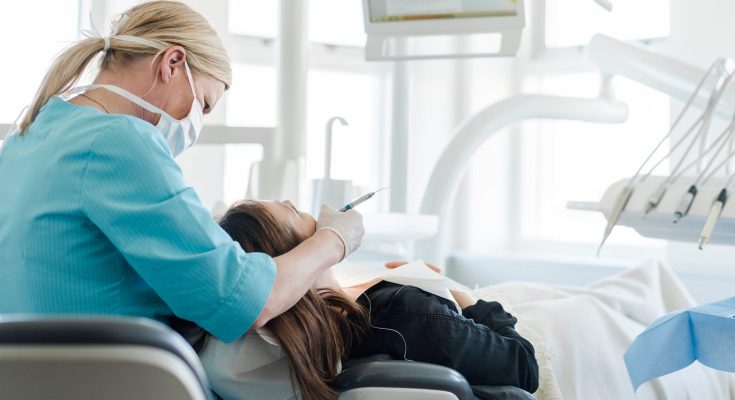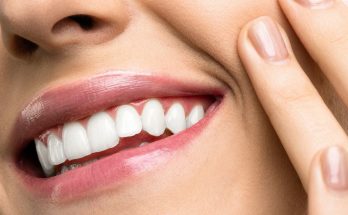The more quickly cancer is detected, the greater the likelihood of successful treatment. Your dentist should therefore be a member of your cancer prevention team. At least twice a year, they examine your mouth thoroughly and have the opportunity to detect early indicators of oral cancer. Dentists can also detect cancers of the main salivary glands and oropharynx through palpation. Bethesda, MD dentist can help!
What function do dentists perform in preventing cancer?
Almost all oral malignancies begin as abnormalities in the mouth that a dentist can detect. Therefore, dentists are at the forefront of early oral cancer detection. Initially, the disease manifests as white or red precancerous lesions within the mouth.
Most dentists begin basic oral cancer screenings during the initial visit. This 90-second examination involves checking for and probing for cancerous growths. If you want to be certain, ask your dentist if he or she has examined your mouth for oral cancer.
This examination should be performed even in younger individuals with a lower risk of oral cancer. If your dentist detects oral cancer early, your odds of being successful in treating the disease are significantly increased.
Dentists are also anticipated to discuss risk reduction with patients at high risk for oral cancer. They may recommend quitting smoking or avoiding hazardous foods and beverages.
What might a dentist observe during an oral examination?
A comprehensive oral cancer screening exam involves more than a cursory mouth inspection. A dentist will check out and palpate the face, lips, thyroid gland, neck, salivary glands, oral cavity, tongue, and lymph nodes in search of abnormalities. If a patient has detachable prosthetic teeth, they must be removed in order to examine the entire mouth.
The dentist searches for abnormalities such as red spots, white spots, mottled spots, and ulcers. Some dentists might employ special dyes and/or lights to search for abnormal areas, particularly if you have a higher cancer risk.
How prevalent is oral cancer, and can the risk be reduced?
This year, approximately 53,000 Americans will be confirmed to have oral or oropharyngeal cancer. It will result in over 9,750 fatalities. Men are more than twice as susceptible to these malignancies as women. Oral cavity cancer is the eighth most prevalent cancer among males. The average age at diagnosis is 62 years old. Approximately 25% of patients are younger than 55.
You may decrease your risk by avoiding all forms of tobacco use and alcohol consumption. Tobacco and alcohol both contribute to oral cancer by causing injury to the mouth.




